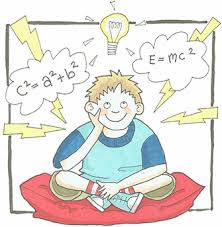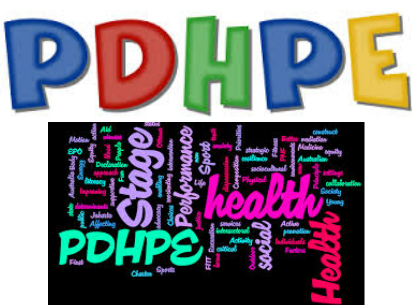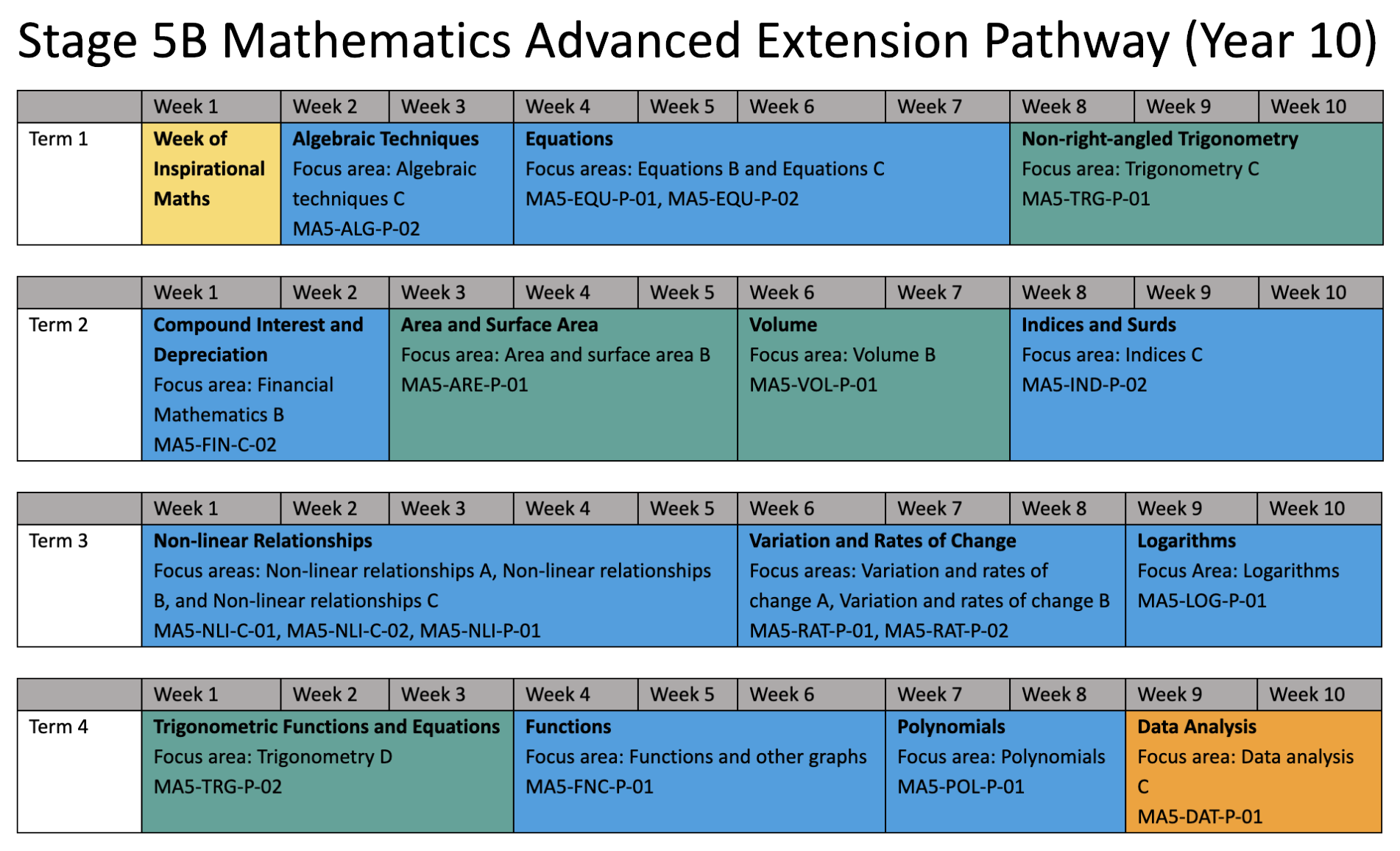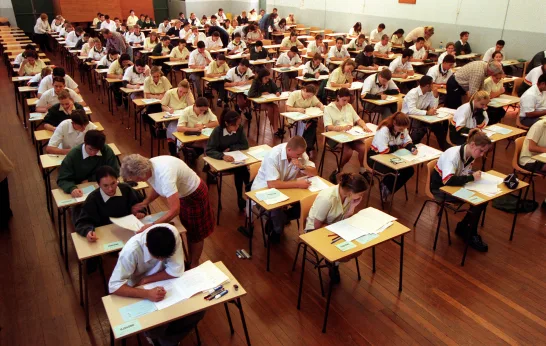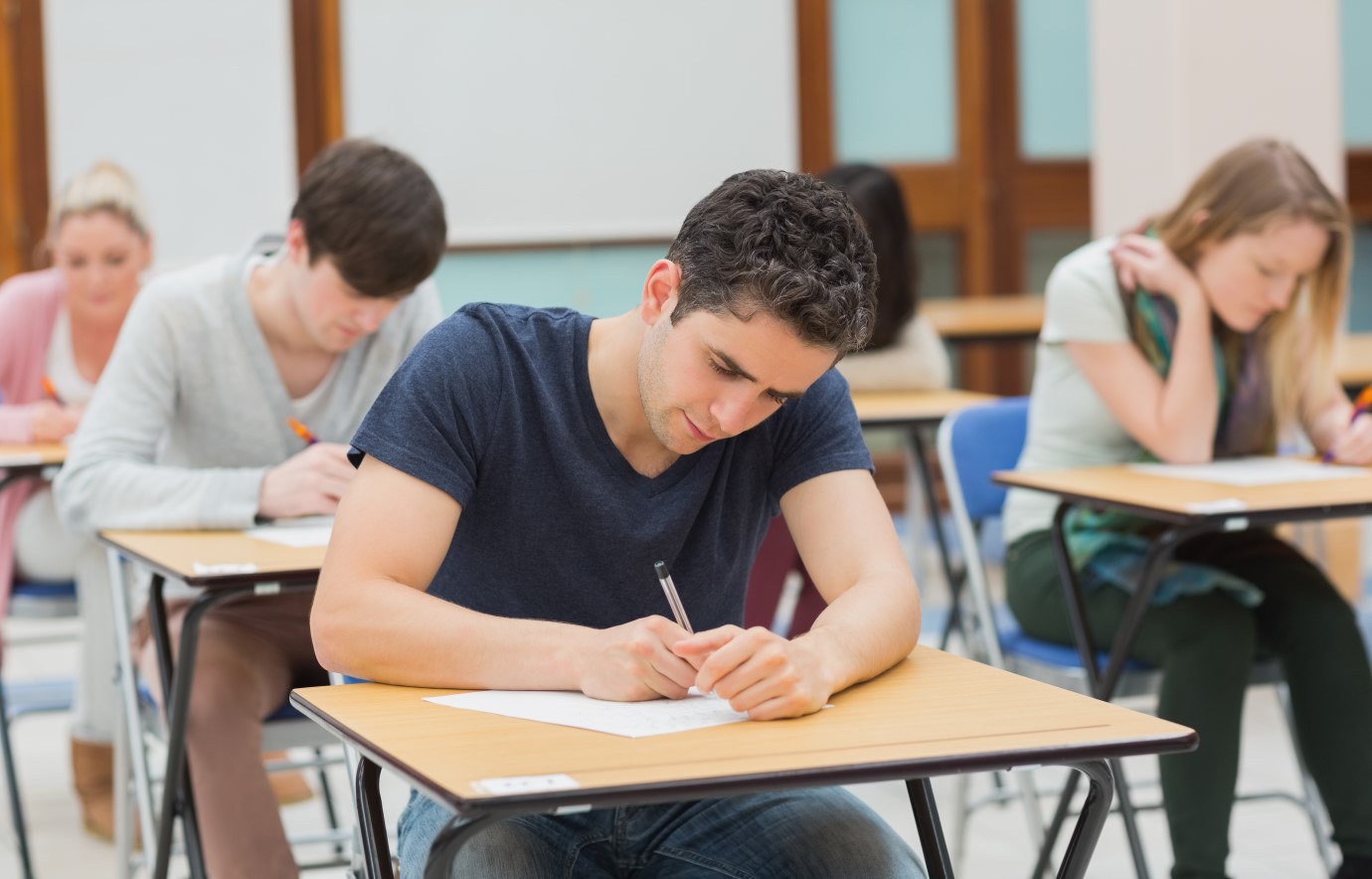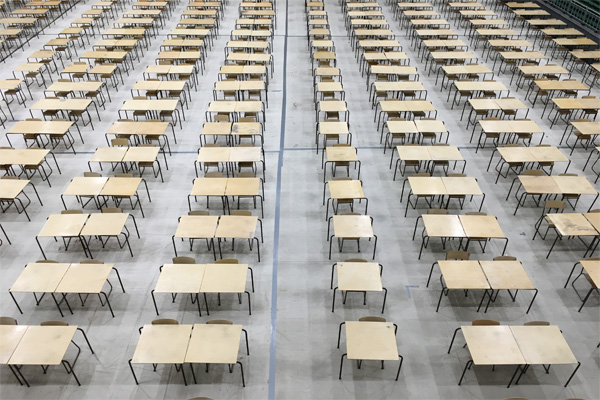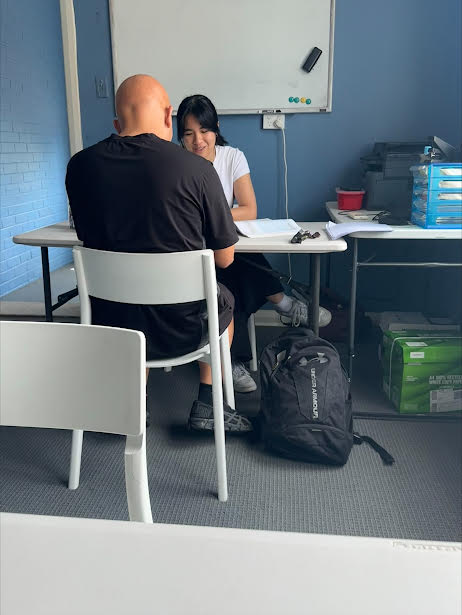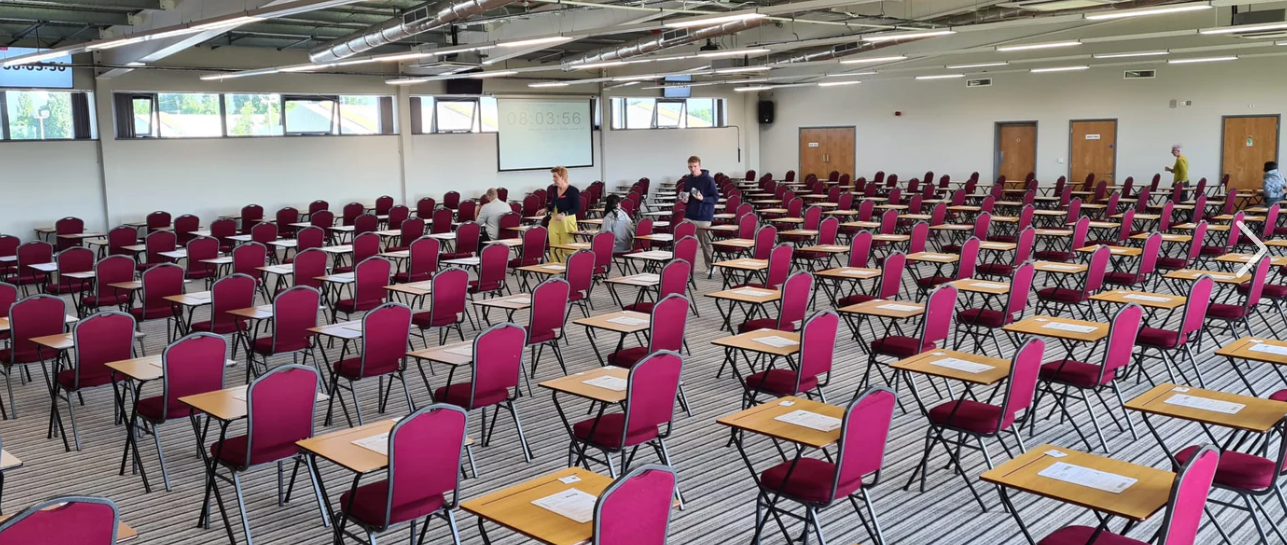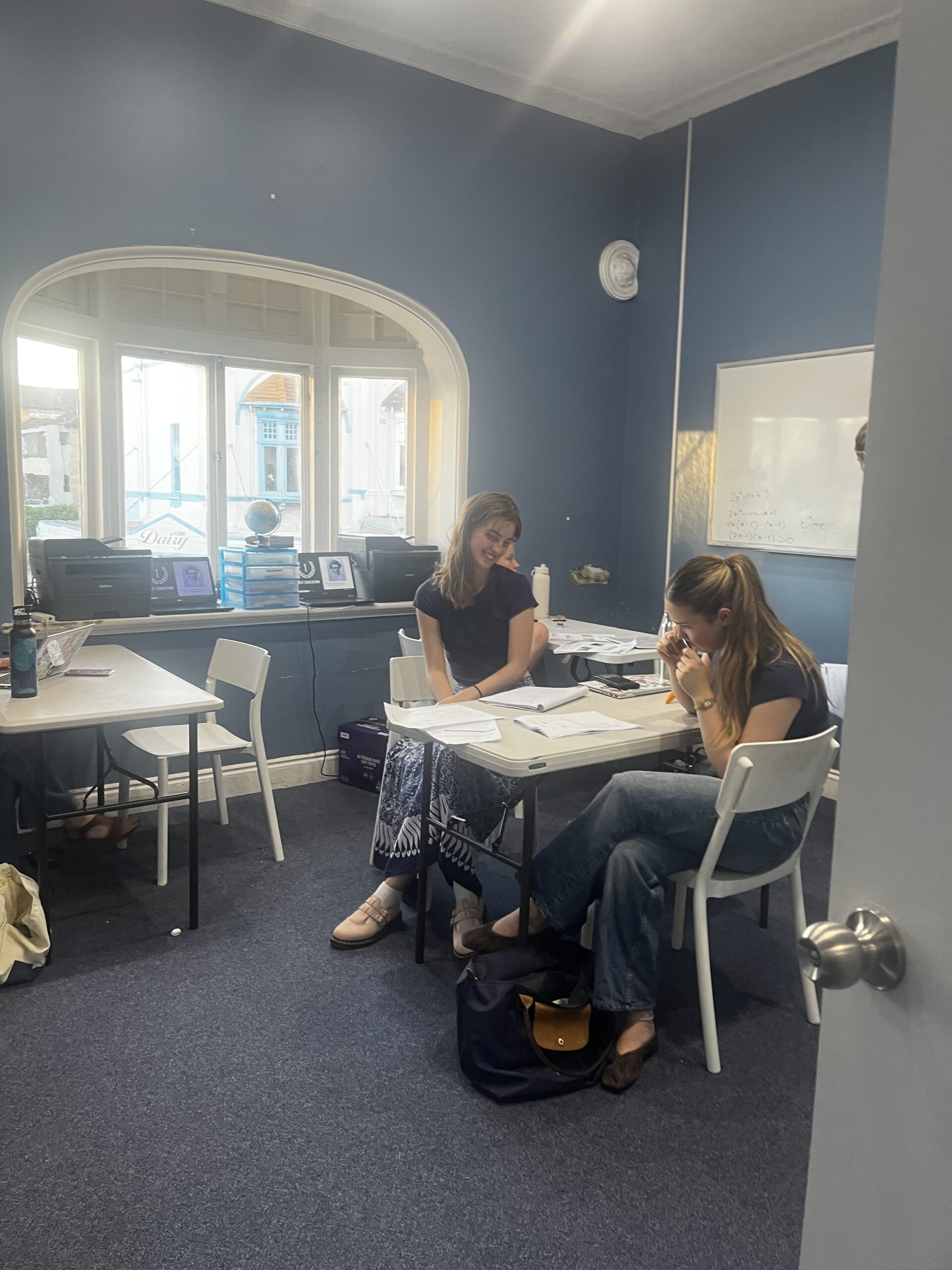
This afternoon, I got the chace to sit in on one of Bella’s sessions with her Year 8 student, Dimitri. The topic for today was data; specifically, bar graphs, pie charts and mean/median/mode. While data isn’t always the most exciting topic, Bella managed to keep it fun, clear, and super engaging.
From the start, she made Dimtiri feel relaxed and comfortable. She chatted with Dimitri for a few minutes about real-life stuff before they started; mainly, about soccer. She also cleverly used some soccer examples to explain the different types of data – number of goals being an example of discrete numerical data, and names of teams being examples of nominal catergorical data. It was obvious that that instantly helped things click for Dimitri.
Throughout the session, Bella was great at guiding Dimitri without giving answers away. She asked loads of thoughtful questions like “What do you notice about this graph?” or “Why might this be the mode?” and gave Dimitri space to figure things out on his own. He made a few mistakes along the way, but she never jumped in too quickly, just nudged him in the right direction and let him get there himself.
It was also nice to see how she kept things light and moved at a good pace, especially when his focus started to drift off and wane. A few jokes and a quick recap helped reset his energy and keep him engaegd.
By the end, Dimitri was clearly much more confidently in differentiating the different types of data and was doing super well at identifying mean, median and mode. He looked really happy with himself as well.
A great session 😀
Thomas Koutavas


